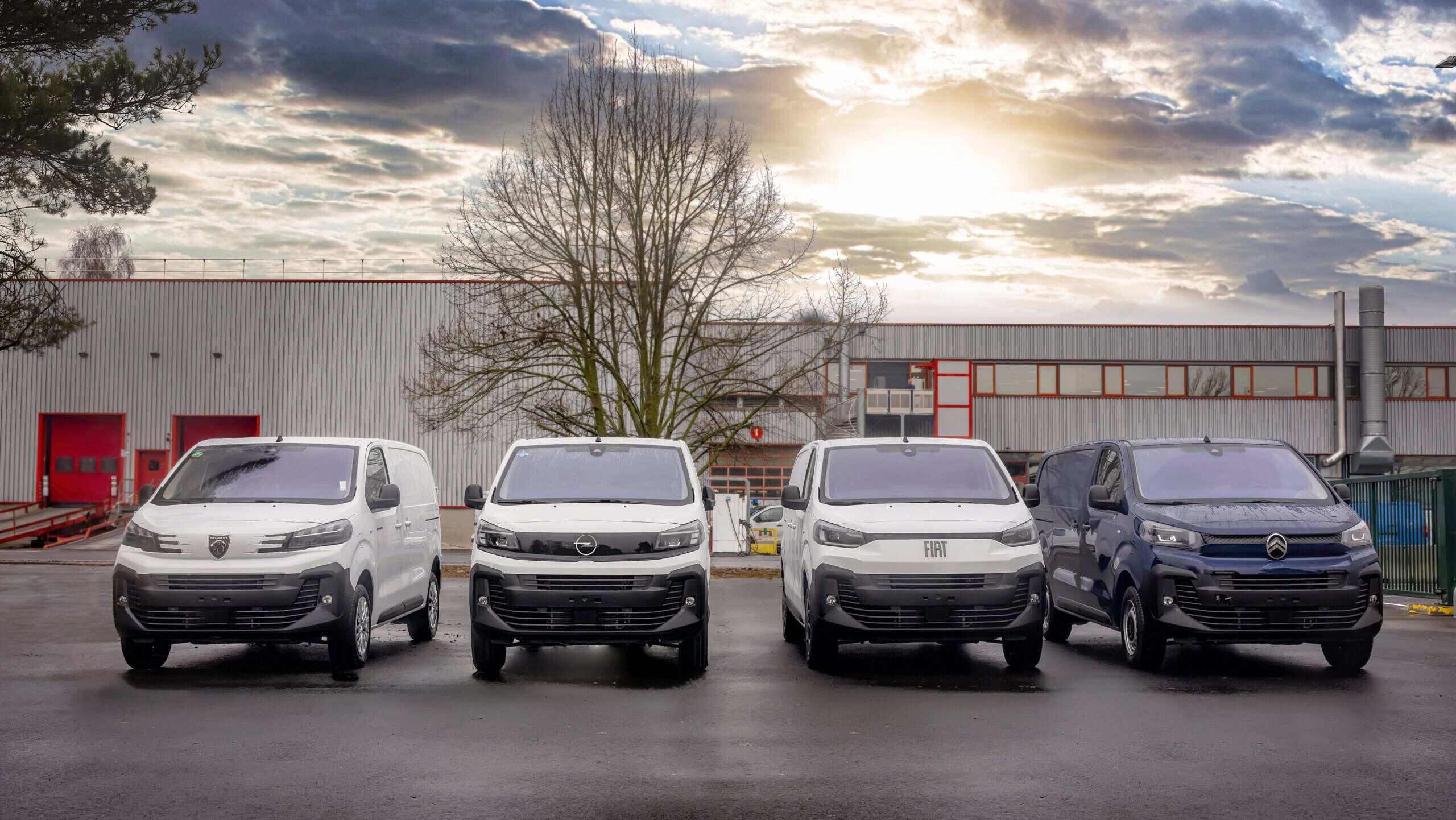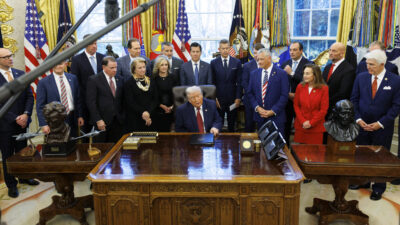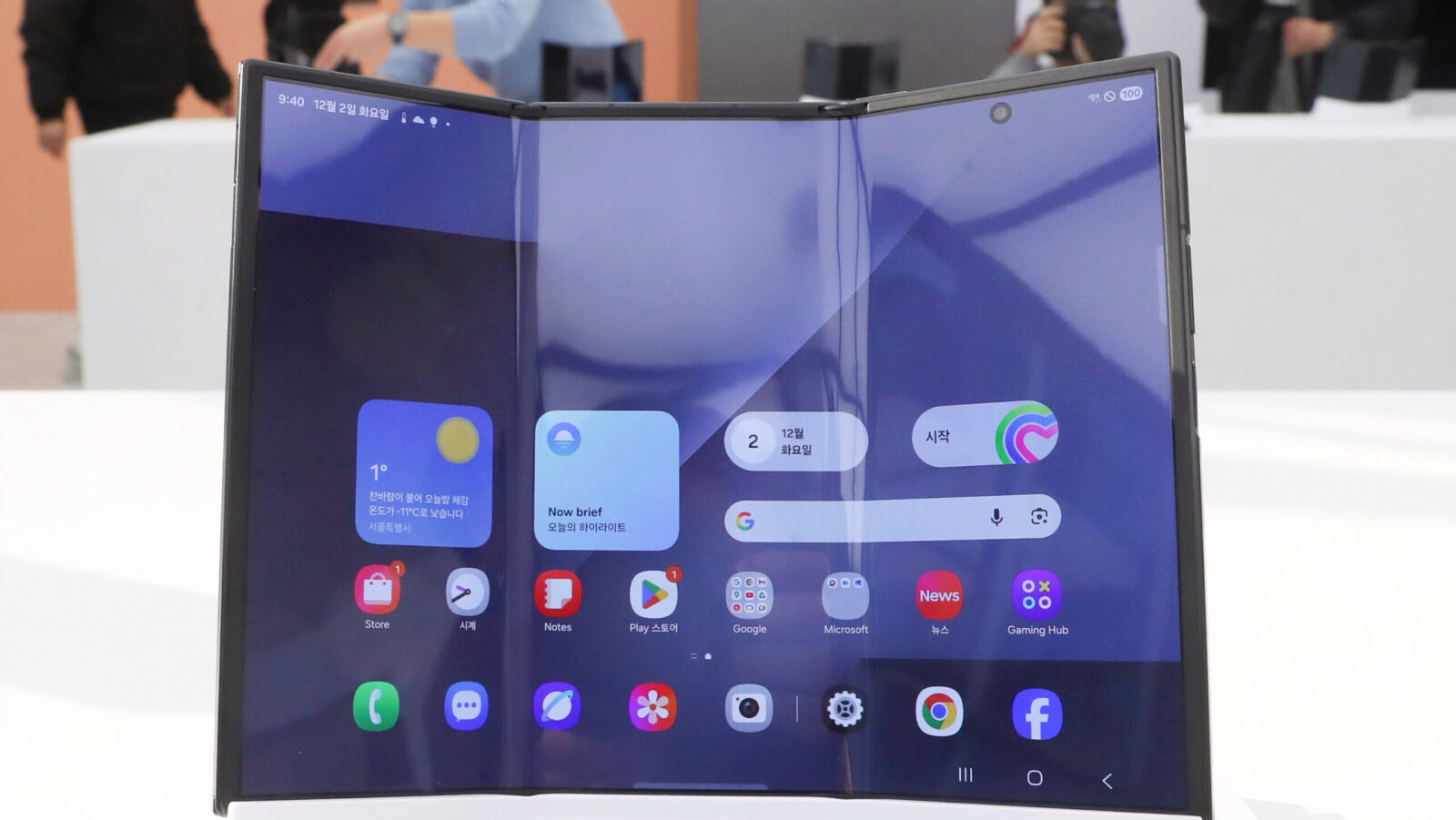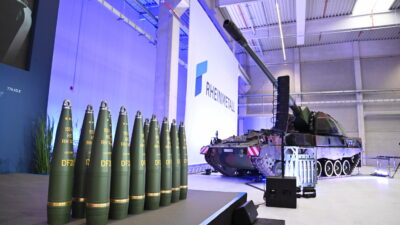After Stellantis’ Exit, Is Hydrogen Fuel Tech Imploding?
The future of the hydrogen fuel cell vehicle took a dent last week as one of the world’s biggest automakers reversed course.

Sign up for smart news, insights, and analysis on the biggest financial stories of the day.
In the world of intermolecular forces, hydrogen atoms are well known for their ability to form strong bonds. But, in the world of cars, hydrogen fuels are unfortunately proving unreliable at bonding with drivers.
Stellantis — the multinational owner of over a dozen auto brands including Chrysler, Dodge, Fiat and Jeep — said last week that it plans to discontinue its program developing hydrogen fuel cell technology. As the company bluntly put it, the market currently has “no development prospect,” not unlike a pilot for a network talk show in 2025.
Against the Element
Stellantis’ decision to pull the plug, or more appropriately, disconnect the nozzle, came at the eleventh hour. A company statement said it had previously planned to begin serial production of its hydrogen-powered Pro One vans “this summer” in France and Poland; there are just 63 days left in the year’s warmest season. “The hydrogen market remains a niche segment, with no prospects of mid-term economic sustainability,” a company executive explained in the statement.
Stellantis identified three obstacles. First, “limited availability of hydrogen refueling infrastructure,” aka, do you even know any gas stations with hydrogen tanks in your neighborhood? Second, “high capital requirements,” namely that the electrolyzers needed to produce hydrogen fuel and the other infrastructure that must be built, are Almas caviar pricey. Third, “the need for stronger consumer purchasing incentives” because existing sales aren’t great: Take Toyota’s groundbreaking Mirai, the first commercially mass-produced hydrogen fuel cell vehicle, which sold a mere 499 units last year, down from 2,700 in 2023. Toyota has offered models for as low as $17,000, or 70% off, along with $15,000 in free fuel (sales are mostly confined to California since nowhere else has adequate infrastructure).
Between the Mirai and Hyundai’s Nexo and Honda’s CR-V e-FCEV, both of which are also low sellers, there aren’t many field cell models on offer, as the market has positioned battery electric vehicles at the forefront of the clean energy future. Stellantis, which is aggressively pursuing electrification as part of a plan to reach net-zero emissions by 2038, will now pursue another path instead, but not before navigating one awkward breakup:
- Stellantis placed a $6 billion bet on South America last year, which includes plans for cars with so-called flex-fuel engines that run on gasoline or ethanol. There are also plans to combine the flex-fuel combustion engine in hybrid setups that include a battery.
- But, as they move on with their new technologies of choice, execs will have to figure out what on earth to do with a one-third stake in fuel cell manufacturer Symbio, acquired in 2023. Tire-maker Michelin and auto parts manufacturer Forvia each own parts of the other two-thirds, while the former blasted Stellantis’ announcement that it was abandoning fuel cell technology, calling it “unexpected, brutal and uncoordinated.” (Forvia added that 80% of Symbio’s activity relates to Stellantis).
Goes a Long Way: Stellantis’ bailing comes on the heels of what, in theory, should be incredibly positive news for hydrogen cars. The International Council on Clean Transportation found earlier this month that vehicles powered by renewable hydrogen are the greenest of them all. They produce lower life-cycle emissions than even battery electric vehicles, the group found.











